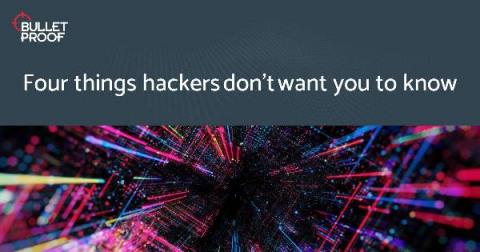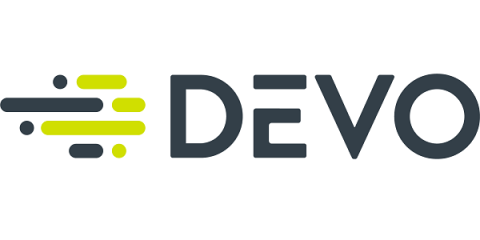Security | Threat Detection | Cyberattacks | DevSecOps | Compliance
Latest News
Collect and monitor Microsoft 365 audit logs with Datadog
Microsoft 365 is a suite of cloud-based productivity and communication services that includes Microsoft Office applications (including OneNote and OneDrive) as well as other popular Microsoft tools like Skype and Teams. Microsoft 365 tools and services are at the core of many organizations’ data management and day-to-day workflows, so monitoring activity across your environment is key to making sure that these services remain secure and meet compliance standards.
Four things hackers don't want you to know
It’s something of a cliché to say that hackers are shady types, often lurking in the shadows. Usually this is just a metaphor, though if you take stock imagery at face value, you’d be forgiven for thinking they only ever appear at night whilst wearing a hoodie. Like most clichés however, this contrivance does have an element of truth in it. The fact is that hackers often work just as hard to keep themselves and their tactics hidden as they do to find vulnerabilities to exploit.
How attackers exploit the WordPress Easy-WP-SMTP zero-day
On November 6th, 2019, Detectify added security tests for 50+ of the most popular WordPress plugins, including Easy-WP-SMTP. Although the zero-day affecting Easy-WP-SMTP (CVE-2020-35234) was recently patched, WordPress estimates that many of the 500,000+ active installs of the plugin remain unpatched. Detectify scans your applications for this vulnerability and alerts you if you are running a vulnerable version of WordPress and WordPress plugins.
Data Protection in the Age of Cloud Native Applications with CloudCasa - Part 3
In part 1 of this blog series on data protection for Kubernetes and cloud native applications, we addressed the need for Data Protection for Containerized Applications. Given that the leading Kubernetes distributions and managed cloud services do not include native capabilities for data protection and disaster recovery, service providers and enterprises need additional data management tools such as CloudCasa to provide these.
How We Use Fuzzing Integrated by Ada Logics
This summer, Ada Logics integrated continuous fuzzing into Teleport to strengthen the security posture of the project. We’d like to thank Adam Korczynski from Ada Logics for initiating contact and doing the work. In this blog post, we will give a brief introduction to fuzzing and explain how to carry on the work moving forward. The motive for this work was to take the first steps in implementing fuzzing into Teleport’s development pipeline.
What is SOX compliance? 2020 requirements, controls and more
The Sarbanes-Oxley Act of 2002 (SOX) was passed by the United States Congress to protect the public from fraudulent or erroneous practices by corporations or other business entities. The legislation set new and expanded requirements for all U.S. public company boards, management, and public accounting firms with the goal to increase transparency in financial reporting and to require formalized systems for internal controls. In addition, penalties for fraudulent activity are much more severe.
Fixing CRLF Injection Logging Issues in Python
It can sometimes be a little challenging to figure out specifically how to address different vulnerability classes in Python. This article addresses one of the top finding categories found in Python, CWE 117 (also known as CRLF Injection), and shows how to use a custom log formatter to address the issue. We’ll use this project, which deactivates or deletes user accounts from the Veracode platform, to illustrate the functionality.
Continue Clean-up of Compromised SolarWinds Software
Last week, the United States Cybersecurity & Infrastructure Security Agency (CISA) advised on initial steps to take in response to the SolarWinds software that was compromised by advanced persistent threat actors. While federal agencies were under a deadline to complete certain actions, this issue will require continued clean-up and longer-term efforts to mitigate the threat.
Top Three Devo Cybersecurity Predictions for 2021
For any organization that felt prepared, with their operations well-planned as they headed into 2020, that feeling disappeared quickly. 2020 became the year of the unexpected, forcing organizations to adapt, repeatedly. Looking ahead to 2021, companies of all types and sizes are working to be as prepared, agile, and adaptable as possible. This is certainly true when it comes to building or restructuring an organization’s cybersecurity posture.











